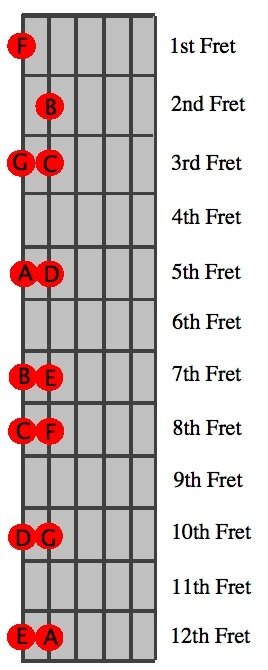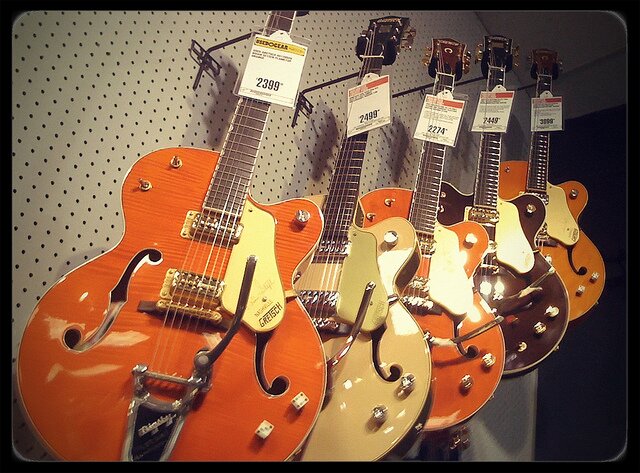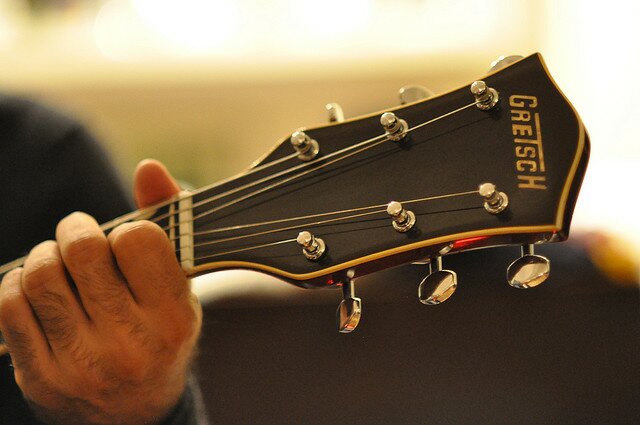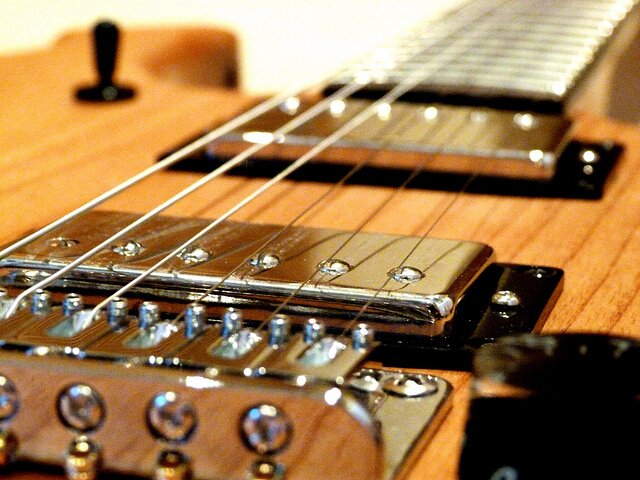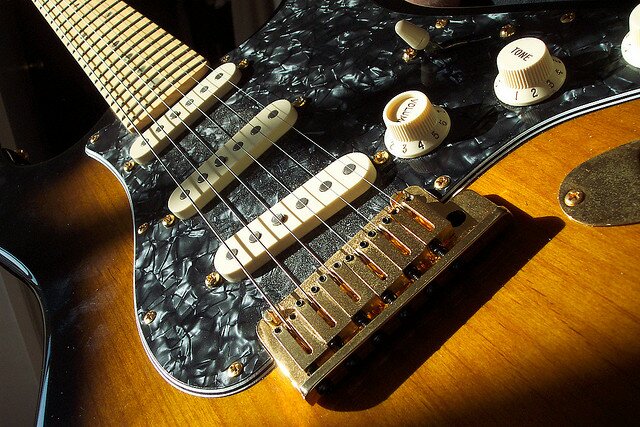How to Find, Transpose and Construct Power Chords
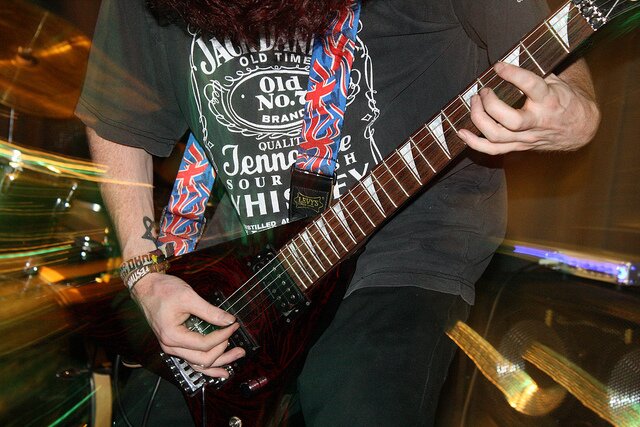
This lesson we will look further into how to play power chords and also how to find them. You may have already noticed that a power chord is based firmly around a root note. This means that in order to find the power chord you need, the first thing to do is find the appropriate root note. To do this you follow the same process involved in finding scales/barre chords in different keys. To help you get started, below you can see a diagram of the neck with the root notes laid out. For now, all you need to think about are the notes on the 6th string and the 5th string so the diagram only features the notes on these two strings.
Using the diagram above you can see that if you need a G power chord you have the following options; place the shape on the 3rd fret with your first finger (root) on the 6th string, or; place the shape at the 10th fret with your first finger (root) on the 5th string.
Using the shape in both of these positions will give you a G power chord. However they will both sound different. The G power chord at the 3rd fret will sound a lot deeper than the G power chord at the 10th fret. There are a few reasons that can affect your decision as to which chord to use. The song you are playing may require either a high sounding chord or a low sounding chord. This would affect your decision as to where you play the power chord. Sometimes the difference in sound between a power chord on the 6th string or the 5th string may not be all that great. In this instance you should choose whichever power chord is closest and thus easiest to get to.
To help you practice finding the power chord in different keys, use some form of random key finder. Try and play a power chord in two places for each key the icon throws at you.
Remember, if you need to find a power chord for a flat note (b) or a sharp note (#) then simply step up a fret for a sharp (#) or step down a fret for a flat (b).
Below is a chord sequence for you to have a go at. In order to complete this task using power chords, you’re going to have to match up the root notes from the chord sequence below, with the root notes on the diagram of the neck to find out where to play the power chords.
And finally we take a look at how we can use power chords to create a standard blues style rhythm. Just by adding an extra note to each chord every two notes we can create a good sounding standard blues riff from a basic power chord. Take a look at the TAB and the video below to see how this can be done.
image credit – Kelly Daniels 777
